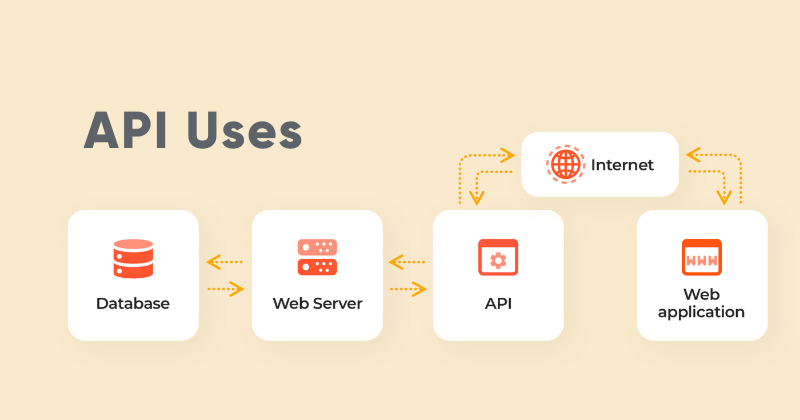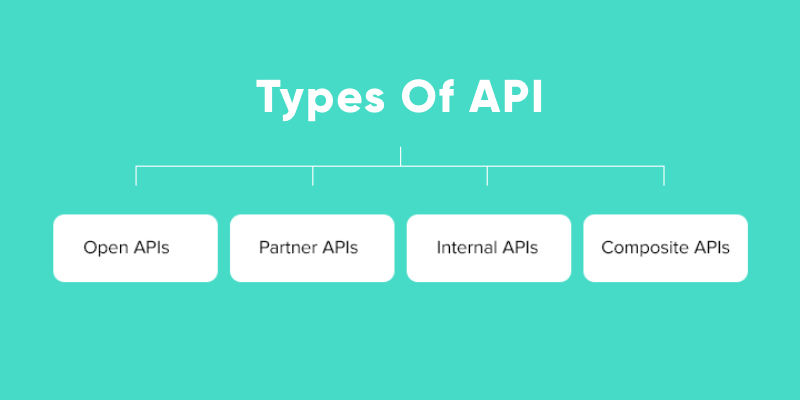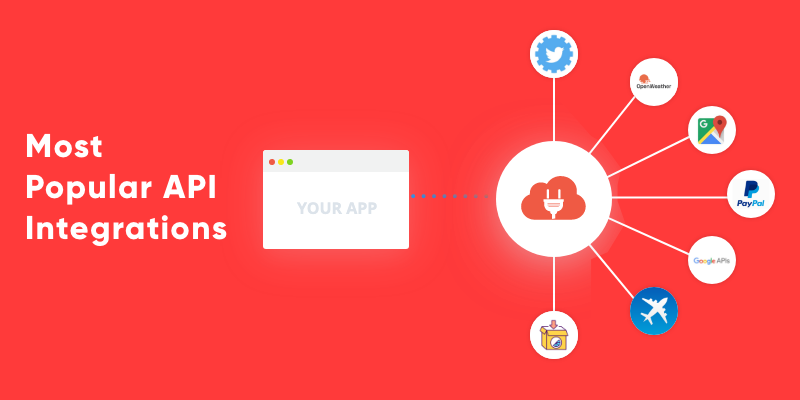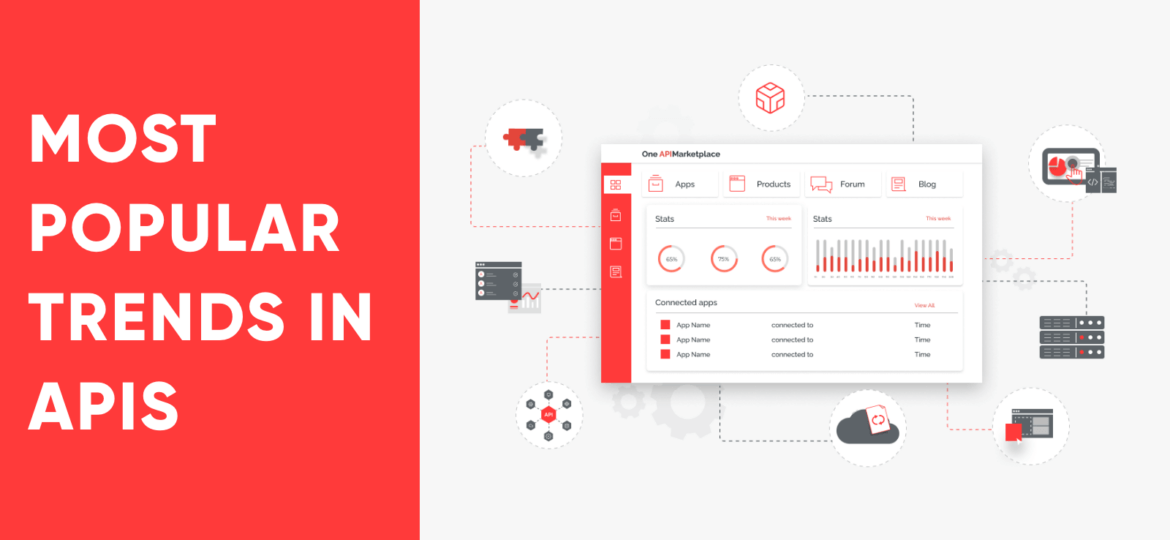This version is fully optimized for Google SEO 2025, targeting USA-based audiences, high-volume search keywords, and following E-E-A-T guidelines. It is structured for B2B and B2C readers, focuses on mobile app, Android app, and iOS app development, and integrates modern API technology trends shaping the global digital landscape.
Introduction: Why APIs Are the Backbone of Digital Transformation in 2025
In 2025, APIs (Application Programming Interfaces) are more important than ever. From mobile app development to AI integration, IoT, and cloud computing, APIs are the invisible force driving digital innovation.
Whether you’re building a mobile app for Android or iOS, creating a web-based SaaS product, or developing enterprise automation systems, APIs are essential. They enable seamless data exchange, improve user experiences, and allow businesses to integrate new technologies quickly.
In the USA’s booming digital economy, where speed, connectivity, and personalization define success, the latest API trends in 2025 are helping businesses unlock smarter, more scalable, and more secure app ecosystems.
1. Rise of AI-Powered APIs
In 2025, AI-driven APIs are revolutionizing the app development process. APIs that integrate machine learning (ML) and natural language processing (NLP) enable developers to add smart features like voice assistants, chatbots, image recognition, and personalized recommendations effortlessly.
Example: APIs from OpenAI, Google Cloud AI, and AWS AI are now being integrated into Android apps, iOS apps, and web platforms to power intelligent decision-making.
Why It Matters:
Enhances user engagement and personalization.
Reduces time to market for AI-based mobile apps.
Enables data-driven insights for businesses.
Keywords: AI API integration USA, machine learning APIs 2025, AI app development, smart API trends USA.
2. API Security Becomes a Top Priority
With the rapid growth of digital payments, mobile banking apps, and eCommerce, API security has become one of the most critical concerns in 2025. Cybercriminals increasingly target API endpoints to exploit vulnerabilities.
To prevent data breaches, developers are using OAuth 2.0, OpenID Connect, and zero-trust API security frameworks. Many USA-based companies are also implementing API gateways and AI-powered monitoring tools to safeguard sensitive data.
Why It Matters:
Protects user data in Android and iOS apps.
Increases user trust and app credibility.
Ensures compliance with USA and international privacy laws.
Keywords: API security 2025, secure API development USA, API authentication, mobile app security trends, zero trust API framework.
3. Growth of API-First Development
The API-first development model has become a core strategy for businesses in 2025. Instead of treating APIs as secondary tools, companies now design them before building applications. This ensures scalability, flexibility, and faster integration across platforms.
Why It’s Trending:
Supports seamless cross-platform app development.
Reduces app development costs for Android and iOS.
Enhances collaboration between backend and frontend developers.
Example: Leading USA tech firms and startups are adopting API-first architecture using GraphQL, RESTful APIs, and gRPC to improve their app ecosystems.
Keywords: API-first development USA, REST API vs GraphQL 2025, API-first architecture trends, scalable mobile app frameworks.
4. APIs and Mobile App Integration
Mobile app developers in the USA increasingly rely on APIs to connect apps with third-party services — from payment gateways like Stripe and PayPal to social media APIs and cloud storage integrations.
In 2025, APIs have made it easier to build on-demand delivery apps, ride-hailing platforms, fitness trackers, and eCommerce applications that communicate in real time.
Why It’s Important:
Enables faster mobile app development.
Enhances user experience through real-time features.
Boosts monetization through data-driven integrations.
Keywords: mobile app APIs 2025, Android app API integration USA, iOS app API trends, cross-platform mobile APIs, app development USA.
5. Expansion of Cloud and Edge APIs
The rise of cloud computing and edge computing has reshaped how businesses deploy and scale applications. In 2025, cloud-based APIs (like AWS Lambda and Google Cloud Functions) and edge APIs allow developers to process data closer to users, improving app speed and reliability.
Why Cloud APIs Dominate in 2025:
Enables scalability for USA-based enterprises.
Reduces latency for mobile users.
Supports 5G and IoT app integration.
Keywords: cloud API integration USA, edge API solutions 2025, 5G API trends, IoT app APIs, cloud-native app development.
6. APIs for Automation and Low-Code Development
The rise of low-code and no-code platforms in 2025 has made app development accessible to non-developers. APIs are now the foundation for automation tools, workflow builders, and integration platforms like Zapier, Make (Integromat), and Microsoft Power Automate.
Why It Matters:
Speeds up mobile and web app deployment.
Reduces development costs for small businesses.
Increases innovation in USA-based startups.
Keywords: automation APIs USA, low-code API tools 2025, app builder APIs, workflow automation trends.
7. The Role of GraphQL and gRPC in Modern API Development
In 2025, developers are moving beyond traditional REST APIs toward GraphQL and gRPC, which offer faster data fetching and real-time communication. These technologies enhance performance and scalability, especially in AI apps, gaming platforms, and streaming services.
Why It’s Transformative:
Provides flexibility and efficient data exchange.
Enhances user experience in mobile and web apps.
Powers high-performance Android and iOS applications.
Keywords: GraphQL APIs USA, gRPC vs REST 2025, modern API technologies, high-performance app APIs.
8. Monetization of APIs
In 2025, APIs are not just development tools — they’re revenue-generating assets. Many USA-based companies now offer API-as-a-Service models, allowing developers to access premium data and functionalities for a fee.
Examples: Stripe, Twilio, and Google Maps APIs are among the most profitable API businesses globally.
Why It Matters:
Creates new income streams for software companies.
Encourages innovation through developer ecosystems.
Helps mobile app startups scale profitably.
Keywords: API monetization USA, API-as-a-Service 2025, developer APIs, API business model trends, SaaS and API integration.
Conclusion: The Future of APIs in 2025 and Beyond
In 2025, APIs continue to drive innovation in mobile app development, AI, IoT, and cloud computing. Businesses that embrace API-first architecture and secure integrations will stay ahead in the digital race.
From Flutter and React Native apps to AI-powered Android and iOS apps, APIs are the backbone of connected, intelligent, and scalable digital ecosystems. As the USA’s app economy grows, mastering API integration will be a key differentiator for businesses that want to thrive in the modern tech landscape.
High-volume USA keywords: API trends 2025 USA, mobile app APIs, Android app API integration, iOS app development USA, app development trends, API-first development USA, secure APIs, cloud API development, AI API integration.
In the process of improving or developing your applications, you will eventually come across a term like API. API integrations provide the necessary tools and resources to build a communicating link between two applications or programs. It’s interface takes lesser time and cost for software developers create complex applications or programs. There is a wide range of variety and a huge number of APIs available in modern browsers that enables you to do multiple alterations in the code you develop. This term has many definitions and contexts, but we’ve tried to explain it in the simplest way possible. Read about the Popular Trends in API in this blog.
What Is API?
API is an application programming interface (API) is the medium by which different software interact. API integrates apps to foster connections between technologies for enhancing user experience. In a not so tech-savvy language, we can explain that API serves as a waiter in the software world. The function of both waiter and API is parallel, say the waiter takes orders from the customers, brings them to the kitchen to get them prepared, and after that’s done waiter takes food to the customer. Likewise, API works to facilitate the connection between those software platforms that would not be able to interact any other way. API is like a well-built block of code that empowers API developers to build user-friendly software. API is similar to what an open language is which gives the access to your application to interact with an external service with the use of a simple set of commands.
Also Read:
What Are Apis Used For?

APIs are more often used to abstract the complexity of back-end logic in a variety of software systems. APIs work to make the data compatible with interacting software by accessing it from particular software. And End users are not directly interacted but after fulfilling their requests derive the benefits. This is why an API is a type of interface and not an application.
The familiarity of user interfaces is in direct proportion with the familiarity of front-end web development. User interfaces derive from the software product as a graphical element that users come in contact with and that’s how you’re accessing this very screen. It is obvious that there is an amplitude of code on the back-end of the development, for navigating any software easily by powering the internal structures. The front-end is still what end users must control to gain accessibility from one software to another.
Importance Of API
- The functionality of your application is not limited because of the API and since any function is not needed to be developed independently because it is already implemented as a module of one of the programming languages the development time is not increasing
- The applications are tied together by APIs allowing them to complement each other in all ways
- API application is not limited to a narrow list of its own function and it has the possibility of expanding to something others have invented and used for a long time.
- API trends enriches the functionality of many travel applications.
- API is important in a hotel selection service application for identifying and cataloging the image gallery of the rooms and through the API it provides the chance of selecting and booking hotel rooms.
Benefits Of API
- When developing APIs allows to save time and helps not to invent any bicycle
- To use the capabilities of one of the APIs is much more efficient than trying to implement those similar functionalities independently
- API can recharge your applications with the latest technology
- Through API it is less problematic to get some functions and data rather than any other
- One of the major benefits of API is that you can teach the application natural language processing methods and the latest image recognition
Different Types Of API: Empowering Your Development

There are mainly four main types of API:
Open API
These APIs are also called Public APIs as they are publicly available without any restriction to access.
Internal API
These types of APIs are exposed only by the internal systems and that is why they are less known and often used inside the company. To be able to improve its products and services, the company uses Internal API among the different internal teams. Internal APIs are known as Private APIs.
Partner API
This type of API is not made available by the public and to access it one needs a specific right or license.
Composite API
In this type of service APIs and various data are combined together. As a result of execution and not at the request of the task, it is a sequence of the tasks that run synchronously. The main usage of composite API is to speed up the execution process and improve user performance in web interfaces.
Most Popular API Integrations Platforms

Twitter Bots
Twitter Bots are one of the well-known API trends examples. You probably would have come across the bot at one time or another If you have spent a significant amount of time on Twitter. With the use of Twitter API, numerous bots on Twitter automate the tasks. Probably over a decade ago, 24% of tweets were accounted for by Twitter bots but in today’s time, their involvement is even greater. Out of the numerous range of bots, it’s hard to fetch which bot stands out more than the other.
One example of a Twitter bot is @MagicRealismBot, a bot on Twitter that generates magical stories every four hours using a random combination of genre-defining elements. Twitter bot plugs them into a tweet of 280-character. These bots take advantage of Twitter API to work efficiently with Twitter’s interior software system.
Twitter bots are those accounts that are allowed to automatically tweet (or retweet), follow, and send direct messages on the basis of software instructions.
Apart from that, the Twitter API is able to tell bots when there is something specific happening on the platform.
Weather Snippets
At some point in time, you did a Google search for the weather? As a result, a good search input pop-up weather snippet at right front and center on your Google search page.
This common Google feature is an API usage example that is put to use more often by smartphone users several times a day.
Many of us have taken this feature of weather snippet for granted. This is because snippets are a supreme API example, representing how Google coordinates with other software on the web. There are many top API web development companies that empower this kind of functionality.
Google Maps
The API in Google Maps gives users the advantage of almost unlimited geographic aptitude at the tip of their fingers. Google Maps enables you to search nearby restaurants, gas stations, niche shops, and whatever else is in relative distance to your location.
Without knowing you may have been using this API example more often. Google Maps API is in action each time when you glimpsed business hours, reviews, contact information, or anything of that nature from that handy box on your screen.
In the same way, clicking on the map icon in that box will open the Google Maps app for you or redirect you to the Google Maps website.
Also Check:
Pay with PayPal
Have you ever used this popular API trends example, PayPal to pay for something, directly within an eCommerce store? This functionality of logging in using a social media service, the “Pay with PayPal” is built with APIs to ensure that the end application protects the sensitive data and doesn’t let anyone gain access to unintended permissions, and can only do what it needs to.
The inner workings are similar to the log-in process. When the user specifies the amount owed and other information and clicks the “Pay with PayPal” button, the application sends an “order” request to the PayPal API. As a result, a pop-up authentication from the user to confirm their purchase. And if everything is working as instructed, the confirmation of payment is sent by API to the application. The use of API in web development or app development makes it API integrated and the data can be secured effectively.
eBay and Airbnb are two great examples built using API.
Travel Booking
Most travel websites work majorly for the goal of connecting and building relationships and that is why Travel Booking is a great example of API trends. Travel websites like Trivago and Expedia are empowered with the feature to sell all-inclusive travel packages that account for both shelter and travel.
Travel Booking extracts the right information from the flight details to room availability to reservation requests everything with the utilization of Application Programming Interfaces. APIs are easy for machines to quickly and autonomously exchange data and requests and then confirm the trip with the provider they sourced it from.
E-Commerce
E-commerce is an act of conducting commercial activities like purchasing and selling products on online platforms. Trademark marketplaces representative of e-commerce is held by both Amazon and Facebook.
APIs are a big part of e-commerce, providing security, speed, and scalability. Functions of e-commerce platforms require APIs like site search and currency conversion APIs to operate properly.
Microservice architecture is also integral to e-commerce for separate, independently deployable services.
Conclusion
We hope that these examples of API trends may have given you a better understanding of how important APIs are in software development. If any top mobile app development agency in Bay Area is planning any software project in near future, there is no doubt that APIs and data integrations will play a crucial role by API developers as an integral part of the modern development ecosystem.
FAQs
How does an API work?
An API works as a facilitator helping technologies communicate with one another at the back-end logic.
Where is API used more often?
- Financial Institutions
- Retail Giants
- Web applications
- Streaming services
- Automotive
Is a website an API?
No, all web services can be API Trends, but not all APIs can be web services.
What is E-E-A-T in Google SEO?
E-E-A-T stands for Experience, Expertise, Authoritativeness, and Trustworthiness, key ranking factors in 2025.
What keywords are trending for SEO in 2025?
Popular searches include Google SEO update 2025, helpful content update, AI SEO tools USA, SEO tips for USA websites, and rank higher on Google USA.
What is the best SEO strategy for 2025?
Combine AI-based keyword research, E-E-A-T-driven content, mobile optimization, and voice SEO for maximum visibility.



